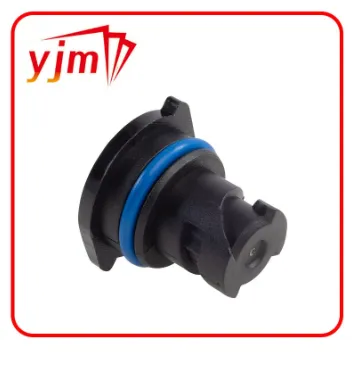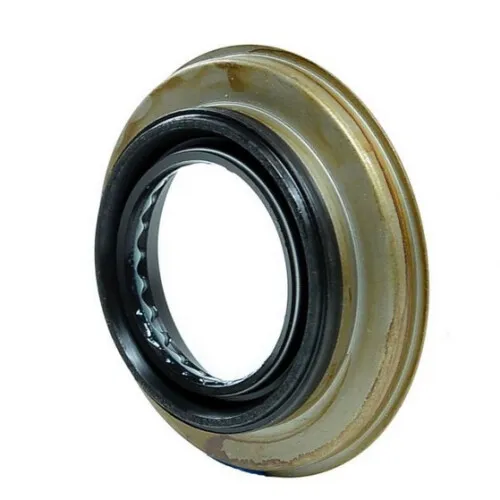plug for oil pan


Moreover, regular inspection and maintenance of the oil pan plug should be part of your vehicle’s engine maintenance routine. During oil changes, perform a visual check for signs of wear such as rust or damaged threads. Replacing an aging plug with high-quality aftermarket options can preempt potential issues and restore optimal function. Many aftermarket oil pan plugs boast enhanced sealing technologies and reinforced construction, providing increased longevity and reliability over their standard counterparts. While the oil pan plug may seem a minor component compared to the more advanced technologies within an engine, its role is undeniably significant. Neglecting its maintenance could result in oil leaks, potentially leading to catastrophic engine failures. By paying attention to the type, quality, and condition of your oil pan plug, you can prevent minor issues from escalating into costly repairs. In summary, understanding and selecting the right oil pan plug is essential for maintaining engine efficiency and preventing leaks. By ensuring compatibility, favoring quality materials, and integrating preventive maintenance practices, vehicle owners can significantly enhance engine durability and reliability. Prioritizing such small but vital parts demonstrates vehicle expertise and promotes engine longevity, showcasing a commitment to high standards of automotive care.
-
Mastering Diesel and Performance Engine Maintenance: A Guide to Critical Oil Gaskets
News Jul.28,2025
-
How to Identify and Fix Oil Filter Mount and Housing Gasket Leaks
News Jul.28,2025
-
Fixing Oil Housing Gasket Leaks: A Guide to Replacing Your Oil Filter Housing and Gaskets
News Jul.28,2025
-
Everything You Need to Know About Changing Your Oil Filter Housing Gasket and Related Gaskets
News Jul.28,2025
-
Essential Kits and Tools for Engine Repair and Enhancement
News Jul.28,2025
-
Diagnosing and Fixing a Leaking Oil Filter Housing Gasket: What You Need to Know
News Jul.28,2025
-
Understanding Flat Gaskets: Types, Materials, and Industrial Applications
News Jul.25,2025
Products categories















